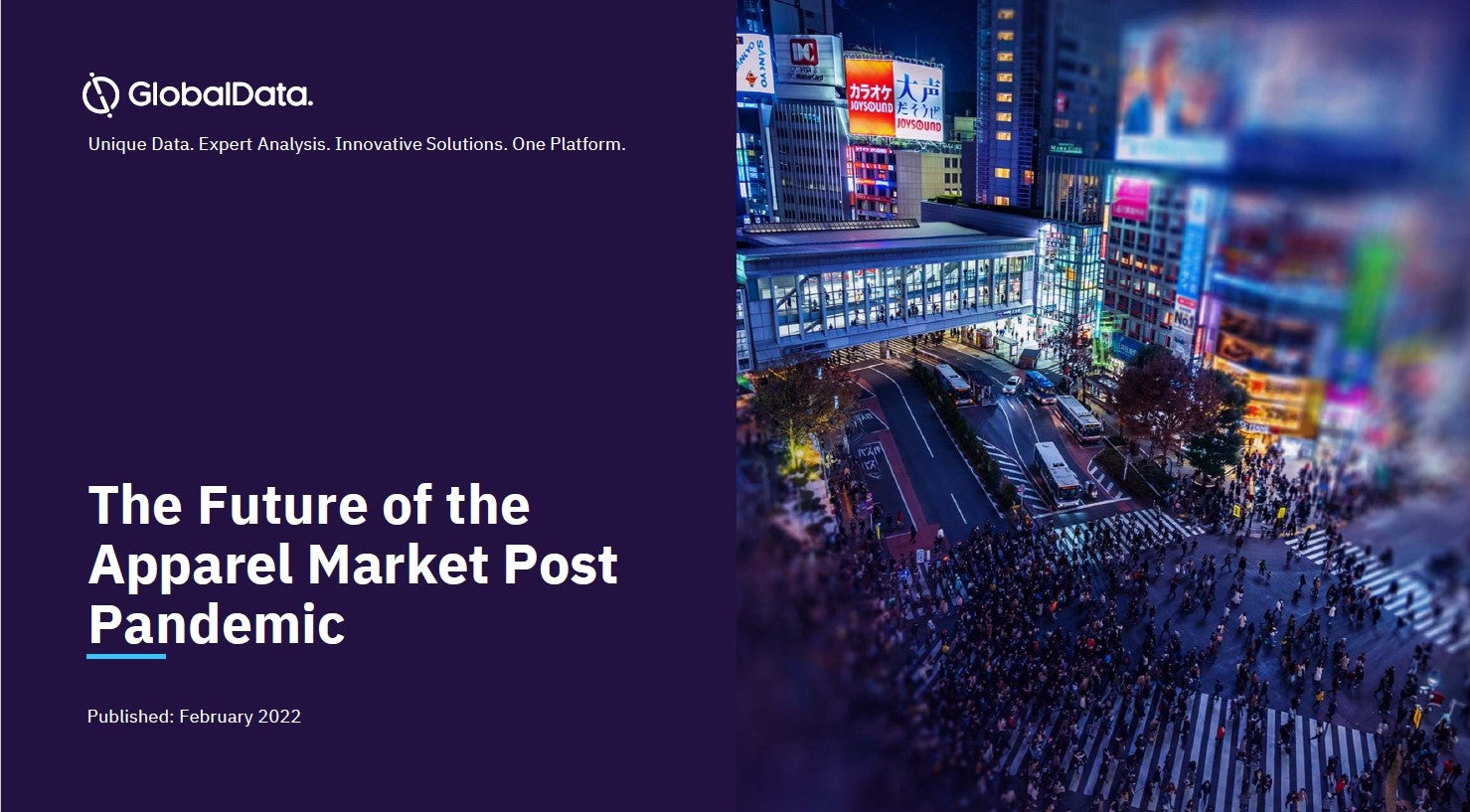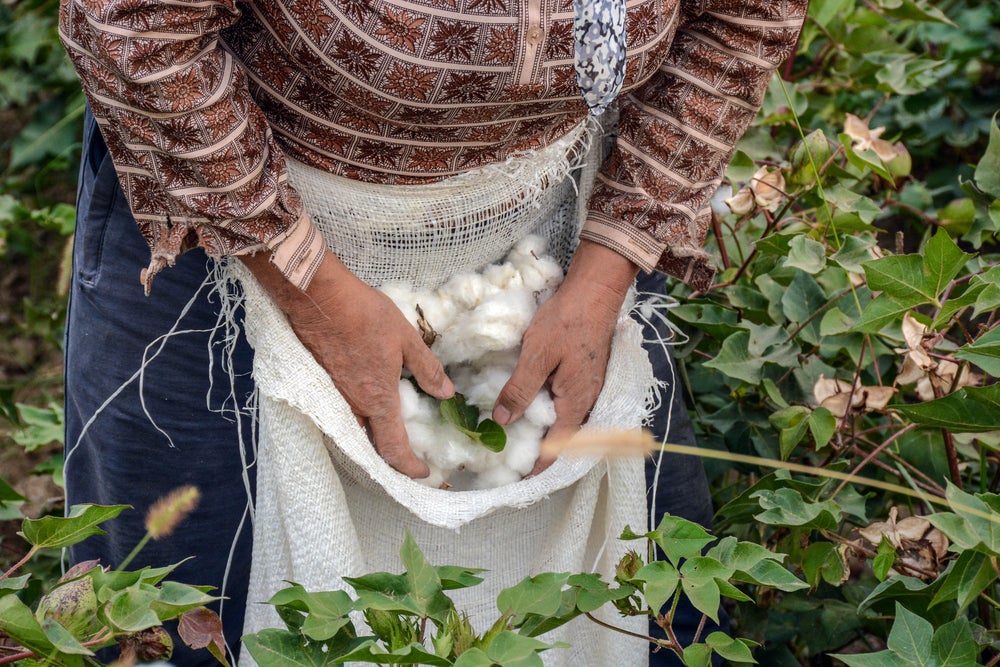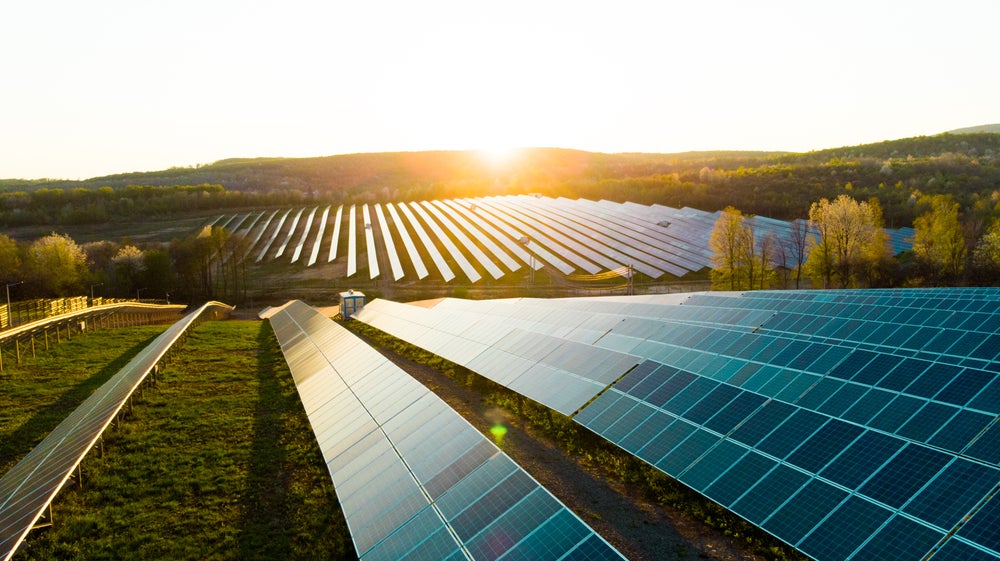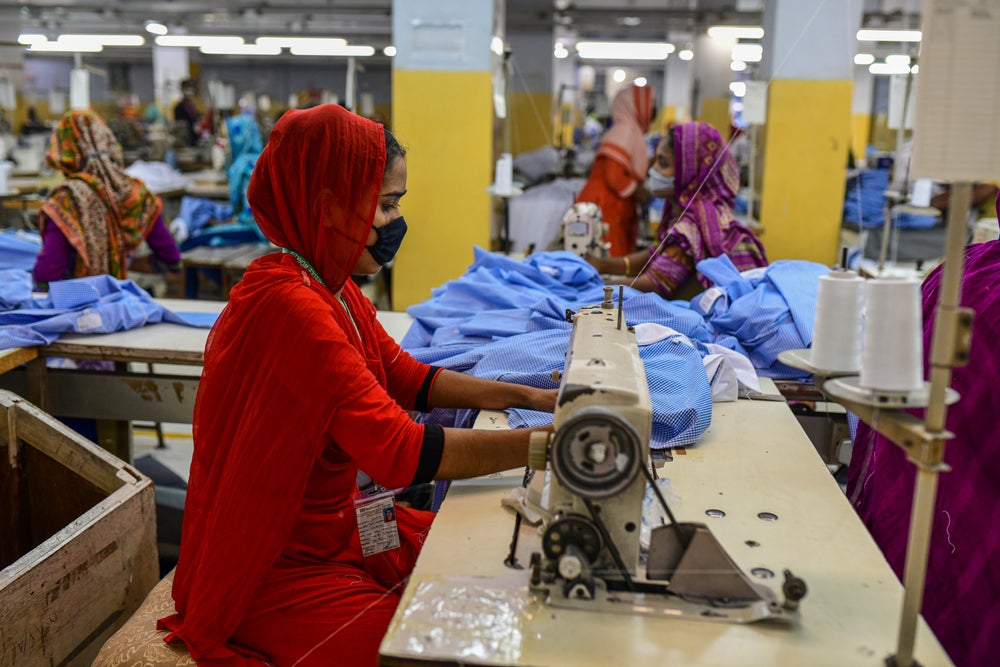
US textiles and apparel sales could shrink by more than 50% this year due to the coronavirus outbreak, top executives say, but fabric makers are set to fare better than retailers amid a booming personal protective equipment (PPE) shift.
China’s worsening relationship with the US is also becoming increasingly worrisome as it could bring new tariff hikes. Meanwhile, US President Donald Trump did not make US textiles “great again” as its China tariff hikes offset gains from his tax cuts, hurting employment, the experts add.
How well do you really know your competitors?
Access the most comprehensive Company Profiles on the market, powered by GlobalData. Save hours of research. Gain competitive edge.

Thank you!
Your download email will arrive shortly
Not ready to buy yet? Download a free sample
We are confident about the unique quality of our Company Profiles. However, we want you to make the most beneficial decision for your business, so we offer a free sample that you can download by submitting the below form
By GlobalData“If you look at retail sales, they were down 83.9% in April, 62.3% in May and 24.3% in June,” says Nate Herman, senior vice president of policy at the American Apparel & Footwear Association (AAFA), adding that the industry is on-track to decline 50% to around US$200bn, unless trade improves sharply during the holidays.
“Right now, the back to school season has been severely impacted because many schools are opening online so you don’t need to buy new clothes or backpacks for your kids. But if things really improve in the fall with a vaccine and people start wearing masks, then we could see an improvement in the figures.”
The AAFA is pushing for national mask enforcement but while some states have made face shields compulsory, many have yet to do so. Last year, the textiles and apparel sector grew 1% to 2% to roughly $400bn, according to Herman.
PPE offsets losses
US textiles export roughly $45bn of production, much of it to Mexico or Central America where clothes are assembled with US cotton or yarn and then shipped back across the border. Herman says spinners and sewers will fare better than retailers, declining around 30% amid growing orders of PPE, which is also now being made in the US.
“Made in USA was $50bn last year and is slightly up this year because apparel production has increased 5% in US mills. We have shifted to making masks and medical gowns,” Herman confirms.
SanMar, Haines, Standard Textile and Carhartt are four of a growing batch of US textiles firms pivoting into PPE, he reveals.
SanMar and Haines are both using some of their US and Central American facilities to make fabric for medical and non-medical surgical gowns, masks or other apparel to shield against Covid-19, which had claimed 157,000 lives in the US, as of writing, according to Herman. Companies have invested heavily in machinery, which is extremely expensive, especially for tying face masks, he adds.
Some of the machinery is made by Gerber Technology and others from German, Japanese and even Chinese suppliers.
China tensions return
Speaking of China, the deteriorating relationship between the worlds’ two super-powers is putting US apparel brands and merchants on tenterhooks as they import the bulk of their product from the Asian country.
For starters, China has failed to meet its obligations under the Phase 1 agreement, according to AAFA executives. It has not ramped up purchases of US cotton and textiles to roughly $1bn a year from $500m to $600m before the high-stakes accord was inked in January. Intellectual property (IP) theft also remains a major bone of contention, as the recent closure of China’s consulate in Houston over alleged IP theft revealed. Chinese companies have been able to register a trademark that’s a close copy of a US rival for years and have continued to do so over the past six months, despite Beijing’s assurances that it would crack down on the activity.
Herman highlights New Brunden, which has essentially copied New Balance’s name, logo, design and marketing against which the American footwear label continues to fight without much progress. To be fair, however, basketball star Michael Jordan in April won an epic lawsuit against Qiaodan Sports for misappropriating his last name [Qiaodan in Chinese], to build a major brand without his consent.
“We are watching with great concern,” adds Herman. “The Phase 1 deal has not produced what Trump hoped for and there is increasing pressure for him to take a hard line on China as we approach the elections.”
That is already starting. As just-style reported this week, the US Department of Treasury’s Office of Foreign Assets Control (OFAC) has sanctioned China’s Xianjing Production and Construction Corporation (XPCC) over serious right abuses in the Xianjing Uyghur Autonomous Region (XUAR), bolstering claims of rights abuses against the Uyghur ethnic communities by China’s apparel industry. XUAR makes the bulk of China’s cotton, essential to making apparel for US consumption.
“There are growing calls for restrictions on imports of apparel that include cotton and yarn from Xianjing,” adds Herman, noting that this could undermine apparel makers’ ability to make affordable goods.
American apparel executives fear Trump could reimpose tariffs on Chinese products after they were cut to 7.5% from 15% under the Phase 1 agreement.
Los Angeles tackles abuses
While China has been front and centre of the global effort to tackle workers’ rights abuses (along with other key sourcing hub Bangladesh), the US has also seen its share of criticism, notably the Los Angeles garment district, after a New York Times report revealed Instagram-popular brand Fashion Nova exploited workers by failing to enforce fair conditions at third-party suppliers.
Ilse Metchek, president of the California Fashion Association, says the region, the biggest apparel sourcing hub in the US, is working to ensure brands and suppliers treat operators safely. The California Labor Office, in particular, is working through its garment centre watch to step up rogue sweatshop raids. Still, Metchek notes more education is needed to help brands avoid these issues and noted that the NYT article unfairly singled out California for rights abuses when many other US industries and jurisdictions including New York are also to blame for such abuses.
Suppliers’ ability to operate without a formal registration (or their constant change of business name or address) makes the problem hard to resolve.
“This is a very difficult problem to solve,” she says. “If someone is not registered as a factory how are you going to find them?”
‘Not great again’
Meanwhile, the Trump Administration, facing elections in November, has failed to develop the industry or make American textiles “great again” by boosting its headcount.
“One of the things businesses are most fearful of is uncertainty because they can’t make investments,” Herman explains. “And since Trump came to office, we have had uncertainty with the trade war and tariffs which affected our manufacturing industry. He made it more difficult to produce fabric, yarn and apparel in the US by imposing tariffs on Chinese fabric, yarn and apparel.”
He offers an example. “If you used US cotton and sent it to China, you paid a 25% punitive tariff and if you made clothes there and brought it back, you would pay 15%, so you were hit twice,” Herman adds.
The tariff hikes offset any gains from Trump’s popular corporate tax cuts, so the ultimate benefit was null.
As the US industry struggled, heads rolled. Currently, it employs 340,000 workers versus 360,000 in 2016 when Trump took office, according to Herman.
LatAm connection
Worsening diplomacy between the US and China is expected to benefit apparel makers in Mexico, Central and South America where a growing number of US brands are considering shifting production.
“I see Mexico as one of the most important assets to the US market and the brands,” says Dennis Rockwell, vice president of sales at Mexican apparel marker Zentrix. “We are the only ones Trump has signed a major trade deal with and their most stable partner.”
The 3,000-strong enterprise makes 2m garments a month for New Balance, Puma, Jockey and Lacoste, among other labels.
“The shift from Asia because of the complexity of the agreements with China and higher freight rates are going to benefit us,” Rockwell adds.
Indeed, Zentrix has been deepening its relationship with US customers and public institutions such as hospitals in the Washington DC area to where it now ships 300,000 medical gowns weekly, using US-made tyvek fabric from Dupont.
According to Metchek, the China spat is also prompting LA brands to look for new partners in Colombia, a growing purveyor of underwear, lingerie and beachwear, as well as in Africa, Turkey and Portugal.
But he says the trade war has stifled investment to generate jobs in the apparel sector, and depressed innovation.
“One of the things we complain about a lot is the impact of tariffs on our ability to control costs but also to hire folks and make investments for supply chain innovation,” Metchek says. “When you tax the industry, that money goes for the government, not to our payroll or capital investments.”








